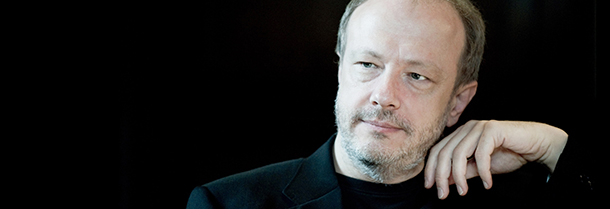Tag: Franz Liszt
-

PROGRAM NOTES: DANIEL HSU
Robert Schumann Kinderszenen Op. 15 The character piece, a short work expressing a single mood or illustrating an idea suggested by its titling, was a typical product of the Romantic era, and Robert Schumann was a major contributor to the genre. In 1838 he composed 30 such works, publishing 13 of them in a collection…
-
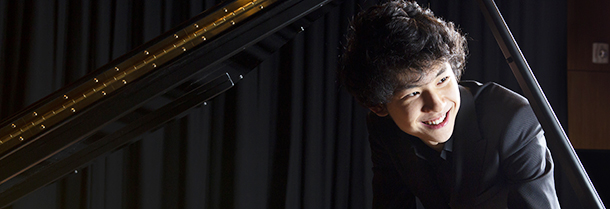
PROGRAM NOTES: TONY SIQI YUN
Johann Sebastian Bach Chaconne in D minor BWV 1004 (arr. Busoni) The 19th century witnessed a revival of interest in the music of Johann Sebastian Bach. But the sound world of the 19th century with its new spacious concert halls and louder, more powerful instruments (played by ego-driven virtuoso performers) flourished at some remove from…
-
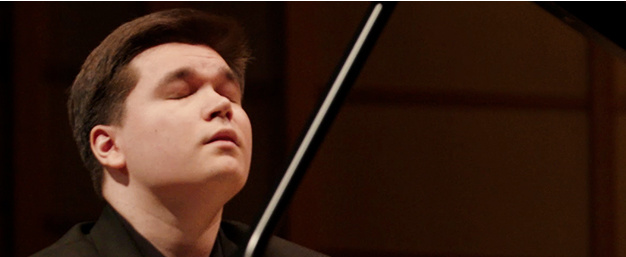
PROGRAM NOTES: TRISTAN TEO
PROGRAM NOTES: TRISTAN TEO Robert Schumann Widmung (arr. Franz Liszt) The year 1840 was Robert Schumann’s Liederjahr, his ‘year of song’. After 10 years of writing almost exclusively for the piano, Schumann in 1840 burst into song, composing well over a hundred Lieder. One song collection, Myrthen Op. 25, had a special meaning for…
-
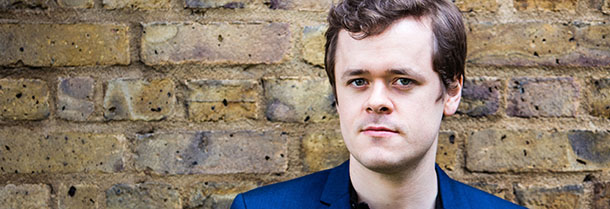
PROGRAM NOTES: BENJAMIN GROSVENOR
Jean-Philippe Rameau Gavotte and Variations in A minor The modern pianist seeking to play the Baroque harpsichord repertoire faces many obstacles, starting with the friendly fire of his own trusty Steinway itself, so different in sound from the perky little plucked-string sound box for which this music was originally written. A note on the harpsichord…
-

PROGRAM NOTES: GEORGE AND ANDREW LI
Wolfgang Amadeus Mozart Sonata in D major K. 381 for Piano Duet In the 1760s, when Wolfgang & his sister Nannerl were touring Europe as child prodigies, the keyboard duet was a popular novelty item on their programs, one that offered a fuller range of sound from a single instrument while still allowing each performer…
-
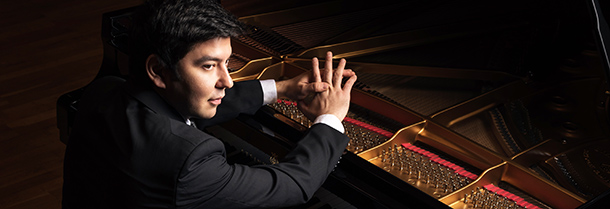
PROGRAM NOTES: BEHZOD ABDURAIMOV
Richard Wagner Isolde’s Liebestod arr. Franz Liszt The 19th century in Europe was an age in which psychological states went mainstream in the arts, becoming a particularly powerful stimulus for musical expression. A new genre, the nocturne, for example, captured that eerie feeling of being alone with one’s lyrical thoughts at a still point in…
-

PROGRAM NOTES: TARA ERRAUGHT & JAMES BAILLIEU
Franz Liszt Victor Hugo Poems It may seem strange to think of Liszt as a song composer, so firmly is his name associated with 19th-century virtuoso pianism. But the extraordinary breadth of his musical sympathies is already clearly evident in the wide range of styles and moods in his piano compositions alone, from the bombast…




